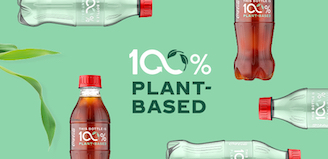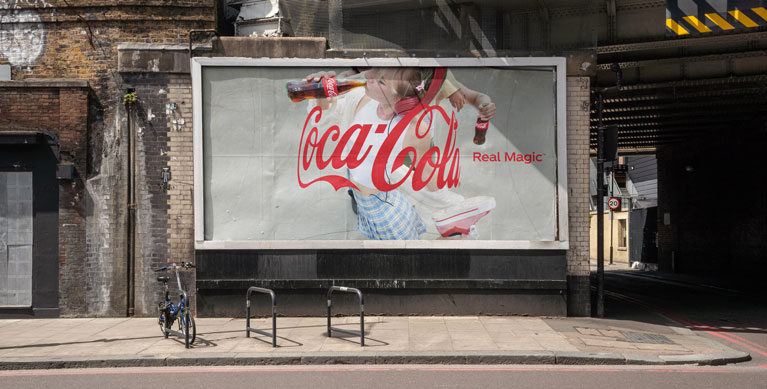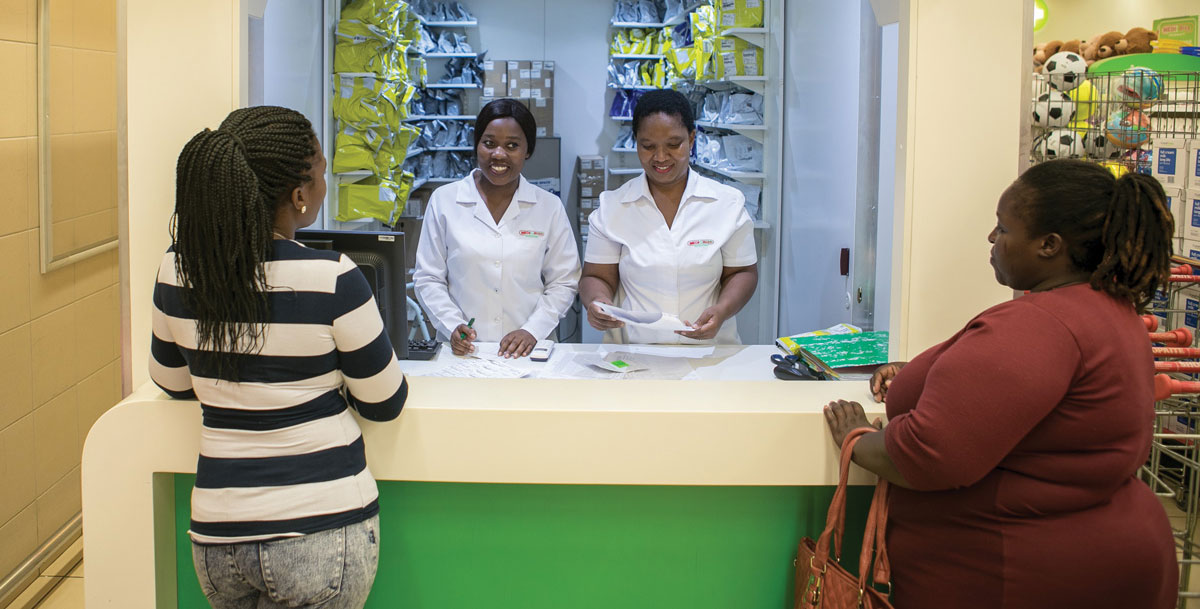
The Coca‑Cola Company and The Ocean Cleanup Global Partnership: What We’ve Learned So Far
04-30-2022
The Coca‑Cola Company has partnered with The Ocean Cleanup to stem the tide of marine plastic by intercepting it in rivers around the world before it has a chance to reach the ocean. As a global implementation partner, Coca‑Cola is leveraging its scale and network to help the Dutch nonprofit to launch, test and learn from the deployment of 15 cleanup projects in priority rivers around the world—starting with the Can Tho in Vietnam and the Rio Ozama in the Dominican Republic.
Through a partnership announced last June, Coca‑Cola is connecting The Ocean Cleanup with local government authorities, NGOs, waste management organizations and potential investors where we already have established operations. Local Coca‑Cola teams also are working with organizations to build or improve waste management and recycling infrastructures to process debris collected from rivers. This includes, where possible, working to turn collected PET plastic bottles into new bottles.
We caught up with Ben Jordan, Senior Director of Environmental Policy at The Coca‑Cola Company, and Ewan Topping, Senior Partnerships Director at The Ocean Cleanup, for an update.
More than six months in, how are things going?
Topping: “It’s been an incredible learning journey. We’ve made a huge amount of progress in understanding how two very different organizations and cultures can work towards a common mission. We’re only a small team of currently 110 people based in Rotterdam, and Coke is a global company, which together with its bottling partners has more than 700,000 employees and sells products in 200-plus countries and territories. The whole idea behind this partnership is to learn what works best with these 15 projects from a deployment perspective and how we can scale up to 50 to 100 to 1,000 rivers in the most effective way. Because we know we cannot do this alone.”
Jordan: “We spent the second half of 2021 getting to know each other and figuring out how to work together. Then the turn of the new year brought a sense of urgency to align and bring The Ocean Cleanup’s vision to life at the river level. Productive tension has been a key element of our partnership since the beginning.”
Can you describe the dynamics and role-sort of the partnership?
Topping: “We provide the technology and research and thinking behind it, but in the same way we partner with Konecranes to build Interceptors and with Maersk on shipping logistics, we launched a global implementation partnership with Coca‑Cola because we are too small to do it alone. We need boots on the ground to help rid the world’s oceans of plastic by stopping the flow from rivers.”
Jordan: “Eight of our nine geographic operating units are actively involved in the partnership, which is integrated into our local World Without Waste plans. Local or regional teams from seven of these operating units collaborate with The Ocean Cleanup on the ground each day. We’re also working together to bring in local implementing partners and funding to expand and scale beyond this startup phase.”

What value has Coca‑Cola brought to the River Cleanup projects currently underway?
Topping: “Rivers flow through multiple geographies and political landscapes, which means you deal with permits, licenses and imports—all things where local knowledge, resources and on-the-ground contacts are really important. In some of our more recent deployments like Pakistan, we've been fortunate to receive incredible support from Coke in laying the initial groundwork—research and government outreach—to help us determine the technology solution we want to deploy. Additionally, Coke’s access to waste management coalitions has been invaluable because we don’t want the waste we extract from these rivers to return to the water.”
Are project teams sharing learnings and best practices?
Topping: “From our perspective, project managers and business development leads are sharing insights at the regional level. We have several pilot research projects around using cameras to monitor and identify plastic coming into the Interceptors. These are quite easy to translate across different deployments. Where it becomes more difficult is when you consider that these 15 rivers vary significantly in their complexity. In Malaysia, we’re in a tidal river that flows the opposite way for a few hours each day. In Vietnam, we're part of the enormous Mekong Delta and need to understand which tributaries we can have the biggest impact in. In the Dominican Republic, we’re adjusting the boom that guides the plastic into the Interceptor to be more effective based on the specific characteristics of that particular river. Every deployment is unique, so being on the ground and working together is incredibly critical.”
Part of the intention of the partnership is to ensure circularity. Where does the plastic go once it's retrieved from the river?
Jordan: “Our vision is to recycle PET bottles the Interceptor solutions collect and turn them into new bottles. We’re not fully there yet, so we’re now focused on figuring out the in-between: sorting and managing waste in conjunction with local partners.”
Topping: “The non-negotiable is that plastic we collect does not return to the environment. The ideal solution for discarded plastic is for it to be reused, recycled or upcycled (converted into something of equal or greater value). If that's not possible, then we make sure it's processed responsibly and sent to well-managed waste systems where we can at least be sure it doesn't come back into the water again. Before we deploy an Interceptor project, we identify a waste management partner.”

What will the upcoming communications campaign represent for the partnership?
Jordan: “We’re looking forward to the momentum it will create with employees, stakeholders and consumers. The launch will tie together the work our teams have been doing behind the scenes and raise awareness for the partnership and its role in our World Without Waste initiative, and will create support for The Ocean Cleanup's mission to rid the world's oceans of plastic. This will provide us with the energy to take this partnership to the next level.”
Topping: “We both committed from the beginning to focus on authenticity and impact. We’re really excited about the campaign we’ve developed together. It’s not glossy or polished; it’s gritty, raw and demonstrative of both the reality of the plastic waste issue and the real impact we're making through this partnership, including the challenges we are facing to achieve something that has never been done before – certainly not at this scale. We hope it will galvanize support for the actions we’re taking, both from consumers and potential investors and partners. Because the more people that are aware of our mission and willing to join us, the better.”
Lead photo courtesy of The Ocean Cleanup


